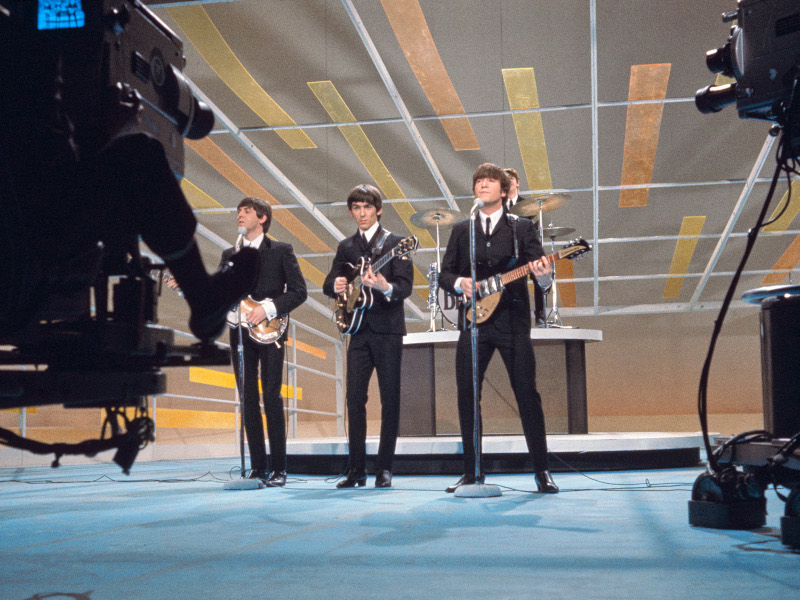It was 59 years ago today — January 20th, 1964 — that arguably the most important rock album of all time was released, the Beatles' Meet The Beatles.
Although, it wasn't the first Beatles record released in America; Vee-Jay's Introducing The Beatles beat the band's Capitol Records debut by just short of six months, it was Meet The Beatles, with its hit chart-topper “I Want To Hold Your Hand” that kick started the post-Kennedy '60s, the British Invasion, and completely revolutionized how music was written, played, sung, and produced — not to mention help change the fashion world all but overnight. In short, Meet The Beatles ushered in the modern era.
The album, which had an advanced order of 240,000 units, was a cobbled-together version of the group's second album, the UK chart-topper, With The Beatles, and featured 12 songs — 10 John Lennon – Paul McCartney compositions, one by George Harrison and one then-popular show tune.
The tracklisting to Meet The Beatles is:
Side One: “I Want To Hold Your Hand,” “I Saw Her Standing There,” “This Boy,” “It Won't Be Long,” “All I've Got To Do,” and “All My Loving.”
Side Two: “Don't Bother Me,” “Little Child,” “Till There Was You,” “Hold Me Tight,” “I Wanna Be Your Man,” and “Not A Second Time.”
During his 2012 keynote address at Austin's South By Southwest music festival, Bruce Springsteen recalled first encountering the Meet The Beatles album: “The Meet The Beatles album cover — those four head shots — I remember I saw 'em in J.J. Newbury's. When you ran down to the five and 10 cent store; there were no record stores — there weren't enough records, I don't think, in those days. There was a little set by the toys, where they sold a few albums. I remember running in and seeing that album cover — those four head shots. It was like the silent gods of Olympus. Your future just sort of staring at you in the face and that's too cool — I'm never gonna get there, man. Never.”
Paul McCartney is well aware of the importance of the Beatles, both as a musical and social force. But he maintains that the group was able to shine because of the strength and freedom accorded the children of the 1940's: “We were lucky to be placed in the right point in time, when our generation was finding its feet. As we say, the 'Post-War Period' — now, suddenly, all these people were 20 and looking for something exciting to do. The freedom was there, the money situation wasn't bad — there were a lot of jobs and things at that point. And, yeah, so I think we were lucky, we were excited. I think the chemistry of the four of us was very special. I always think of it as four corners of a square; you couldn't do without any corner.”
On February 1st, 1964, Meet The Beatles entered Billboard's Top 100 LP listings at Number 92, jumping the next week to Number Three, and the following week — February 15th, 1964 — hitting Number One for the first of 11 weeks.
On May 2nd, 1964, Meet The Beatles was replaced in the top spot by The Beatles' Second Album — marking the first time an artist had replaced themselves in the U.S. charts.
Meet The Beatles, which sold 750,000 copies in its first week on sale, stayed in the Top 30 for a further 25 weeks, the Top 100 for 62 weeks, and the Top 200 for 71 weeks.
An estimated five million units of Meet The Beatles were sold by December 1966.
